41 c label at end of compound statement
Statement Exprs (Using the GNU Compiler Collection (GCC)) A compound statement enclosed in parentheses may appear as an expression in GNU C. This allows you to use loops, switches, and local variables within an expression. Recall that a compound statement is a sequence of statements surrounded by braces; in this construct, parentheses go around the braces. For example: is a valid (though slightly more ... Statements - cppreference.com There are five types of statements: 1) compound statements 2) expression statements 3) selection statements 4) iteration statements 5) jump statements An attribute specifier sequence ( attr-spec-seq) can be applied to an unlabeled statement, in which case (except for an expression statement) the attributes are applied to the respective statement.
Evolution GCC error: label at end of compound statement The undocumented extension that allowed C programs to have a label at the end of a compound statement, which has been deprecated since GCC 3.0, has been removed.
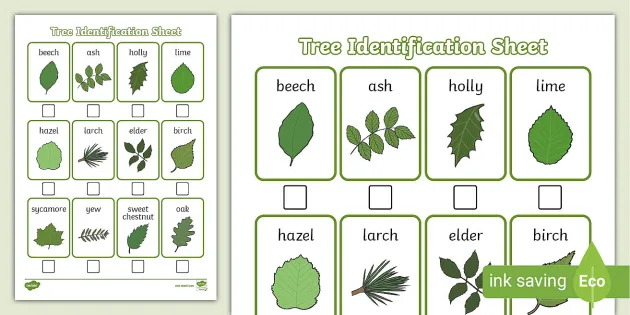
C label at end of compound statement
52655 - confusing "error: label at end of compound statement" for ... Clang gives: /tmp/webcompile/_24877_0.c:12:13: error: label at end of compound statement: expected statement default: ^ 1 error generated. which is the same message and the same location but the caret clarifies everything. PK98987: Compiler error: label at end of compound statement Problem summary. IBM Rational Test RealTime - Runtime Analysis - Compiler error: label at end of compound statement. switch Statement (C) | Microsoft Learn The switch statement transfers control directly to an executable statement within the body, bypassing the lines that contain initializations. The following examples illustrate switch statements: C. switch( c ) { case 'A': capital_a++; case 'a': letter_a++; default : total++; } All three statements of the switch body in this example are executed ...
C label at end of compound statement. PDF Title: Labels at the end of compound statements (C compatibility ... In C declarations and statements are separate production rules which can both appear as block-items inside compound statements. The simplest change for C was to also allow labels as independent block-items in addition to statements and declarations. Compound Statement (C) | Microsoft Learn The scope of each identifier declared at the beginning of a compound statement extends from its declaration point to the end of the block. It's visible throughout the block unless a declaration of the same identifier exists in an inner block. GCC 13 compiler collection backs C++ 23, Go 1.18 GCC 13 implements a number of C++ 23 features including labels at the end of compound statements, support for #warning, and delimited escape sequences. GCC 13 also introduces excess precision ... Statements - cppreference.com Most statements in a typical C++ program are expression statements, such as assignments or function calls. An expression statement without an expression is called a null statement. It is often used to provide an empty body to a for or while loop. It can also be used to carry a label in the end of a compound statement. (until C++23)
Local Labels in C Conventional labels in C have function scope. Where as local label can be scoped to a inner nested block. Therefore, conventional Labels cannot be declared more than once in a function and that is where local labels are used. c - When I compile my program, why does it complain with "label at end ... Label at end of compound statement is the case 5: without anything to execute. What you need is at least break: case 4: case 5: // do nothing break; Now about syntax - it does seem wrong. First - you don't need extra brackets for code in case. Why this code is showing "error: label at end of compound statement"? It should print the default printf statement as no case label is matching & after that default case is checked in the switch. But it's showing the above error. #include int main (void) { // your code goes here char ch='g'; switch (ch) { default: printf ("Success!\n"); case 'v': case 'h': } return 0; } switch-statement label clang [Clang] Support label at end of compound statement A label at the end of a compound statement is treated as if it were followed by a null statement Does it make sense to write an AST test to verify this? I think a test like that would be reasonable, yes. Izaron updated this revision to Diff 460987. Sep 17 2022, 4:06 AM Change C2x implementation status and C2x release notes Add an AST test
C Programming/Statements - Wikibooks, open books for an open world Three types of labels exist in C. A simple identifier followed by a colon (:) is a label. Usually, this label is the target of a goto statement. Within switch statements, case and default labeled statements exist. A statement of the form case constant-expression : statement P2324 Labels at the end of compound statements (C compatibility) P2324R2 Labels at the end of compound statements (C compatibility) cplusplus/draft#5654 Merged tkoeppe closed this as completed in cplusplus/draft#5654 Aug 5, 2022 PDF P2324R1 Title: Labels at the end of compound statements (C ... In C declarations and statements are separate production rules which can both appear as block-items inside compound statements. The simplest change for C was to also allow labels as independent block-items in addition to statements and declarations. switch Statement (C) | Microsoft Learn The switch statement transfers control directly to an executable statement within the body, bypassing the lines that contain initializations. The following examples illustrate switch statements: C. switch( c ) { case 'A': capital_a++; case 'a': letter_a++; default : total++; } All three statements of the switch body in this example are executed ...
PK98987: Compiler error: label at end of compound statement Problem summary. IBM Rational Test RealTime - Runtime Analysis - Compiler error: label at end of compound statement.
52655 - confusing "error: label at end of compound statement" for ... Clang gives: /tmp/webcompile/_24877_0.c:12:13: error: label at end of compound statement: expected statement default: ^ 1 error generated. which is the same message and the same location but the caret clarifies everything.
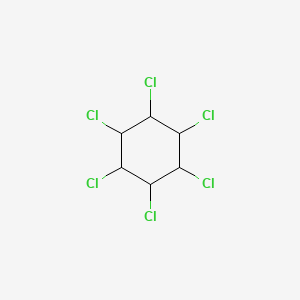


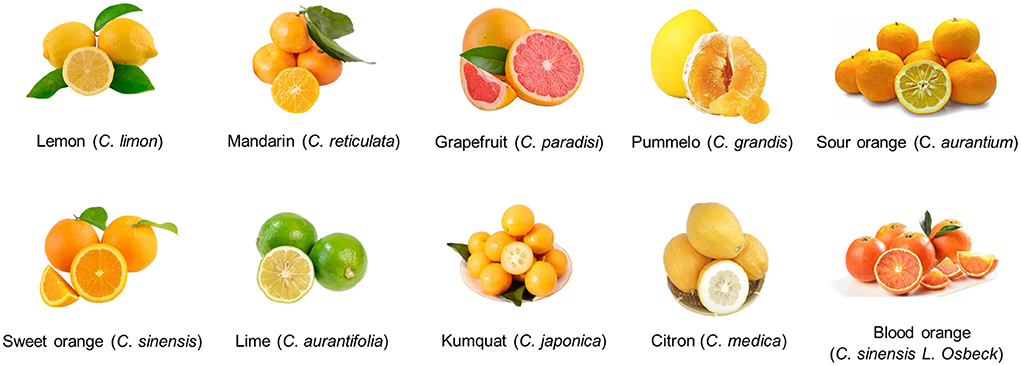


.png?ver=lp8RTN9QUfTfk4V1uIJONA%3D%3D)


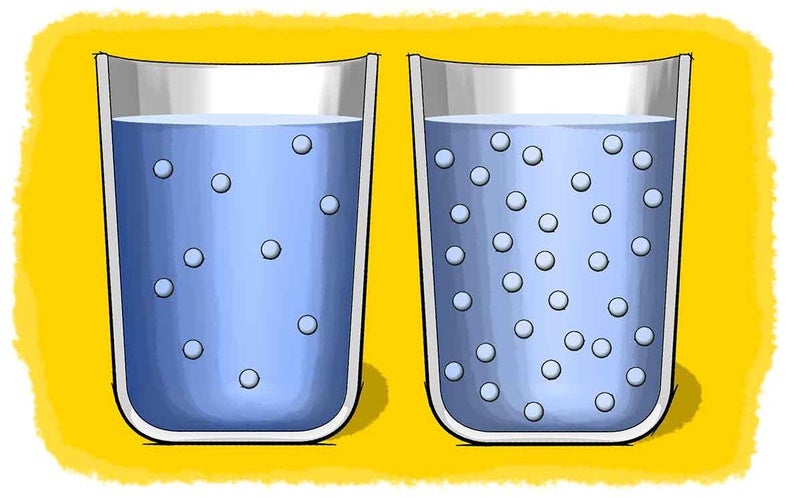
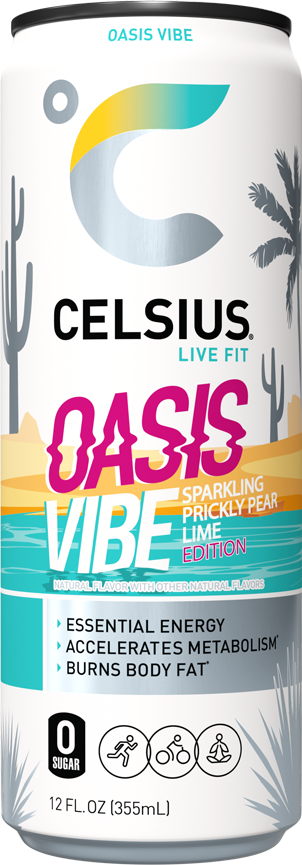






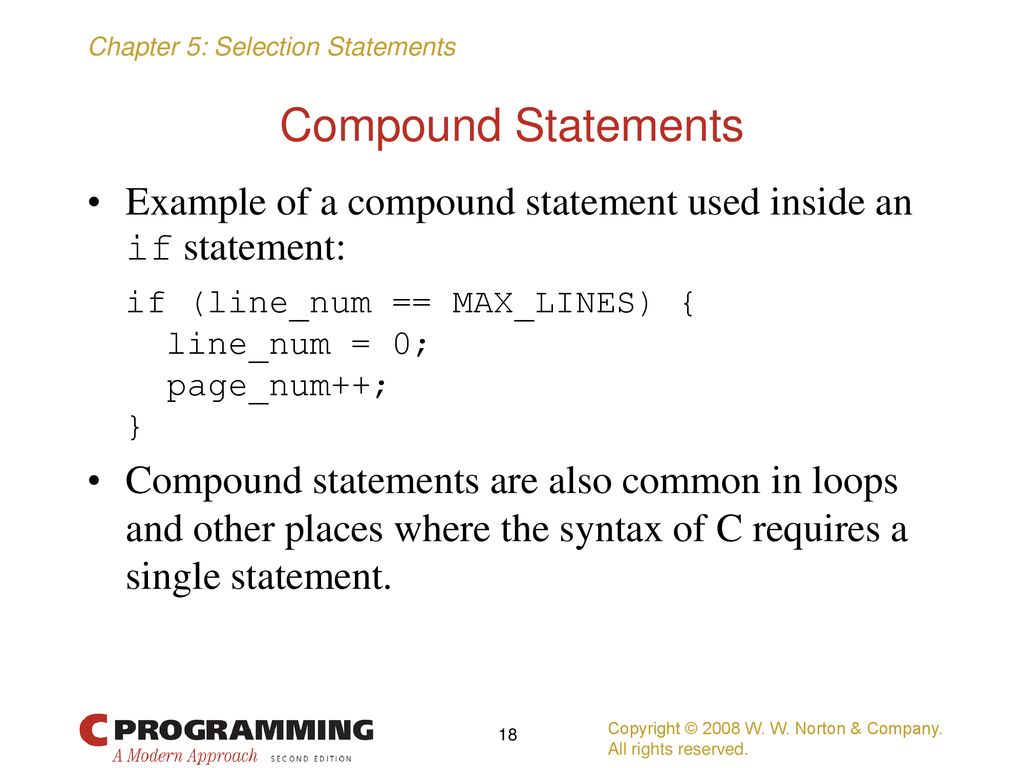


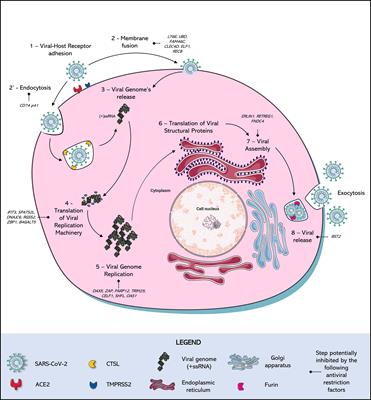

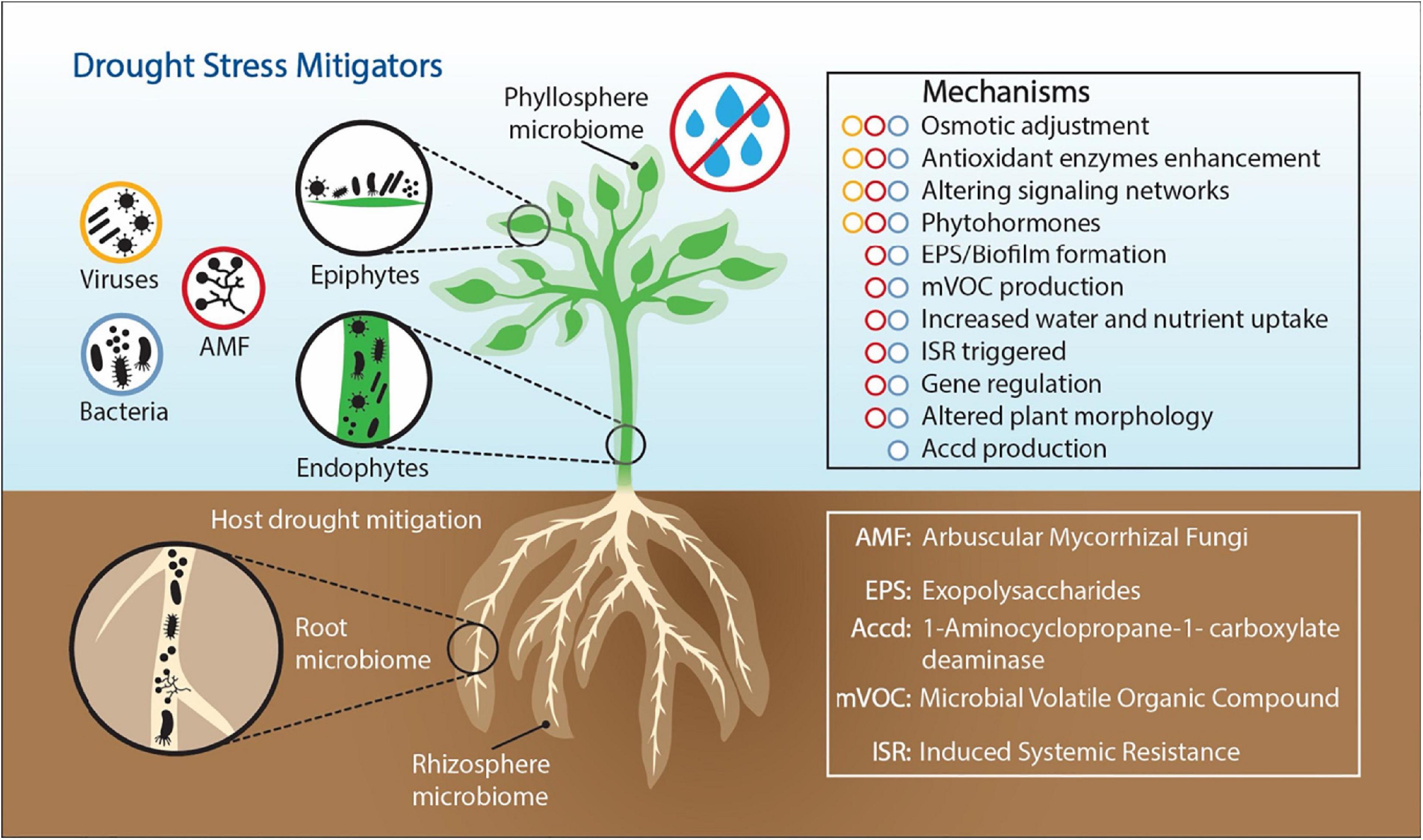






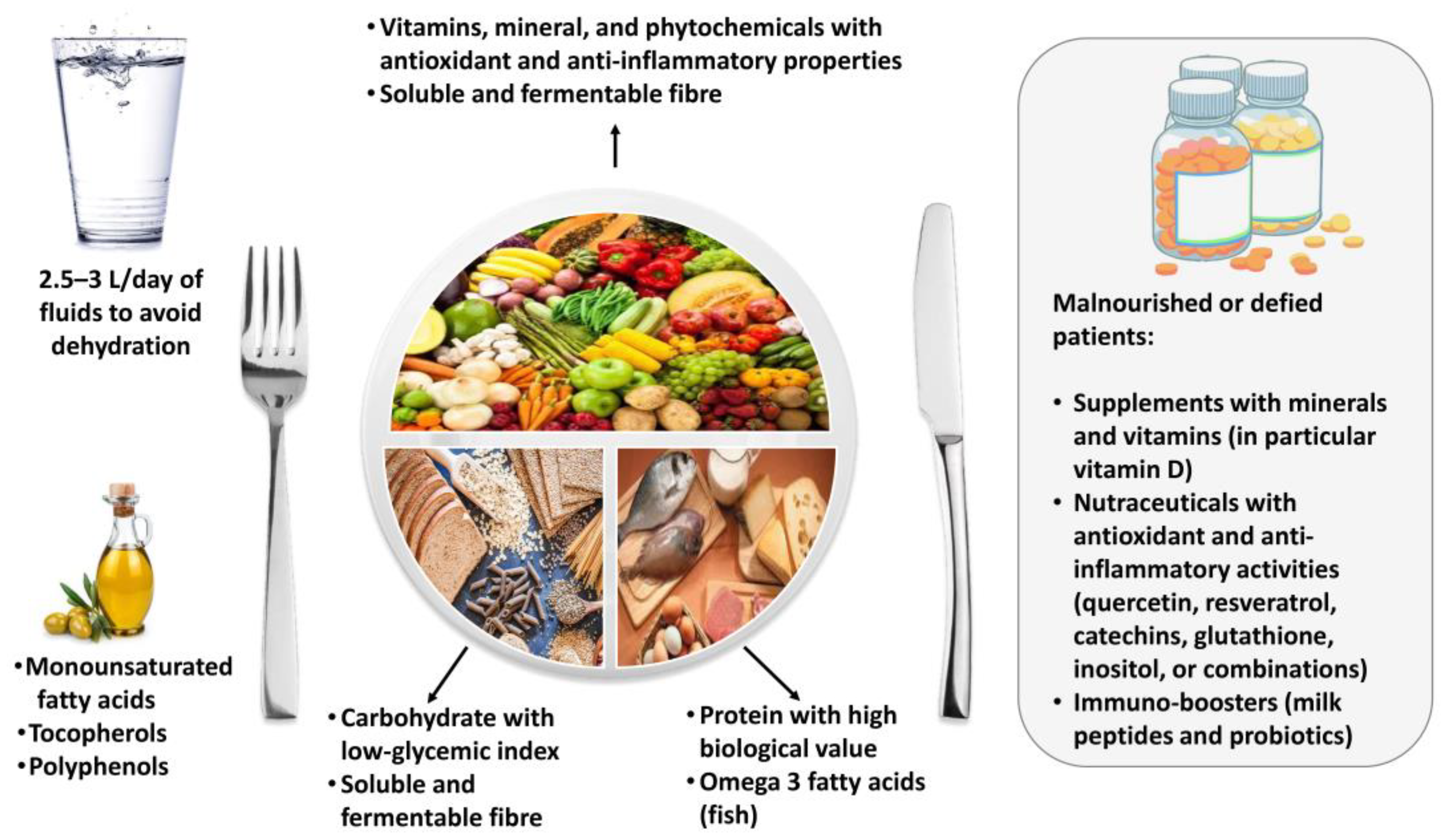
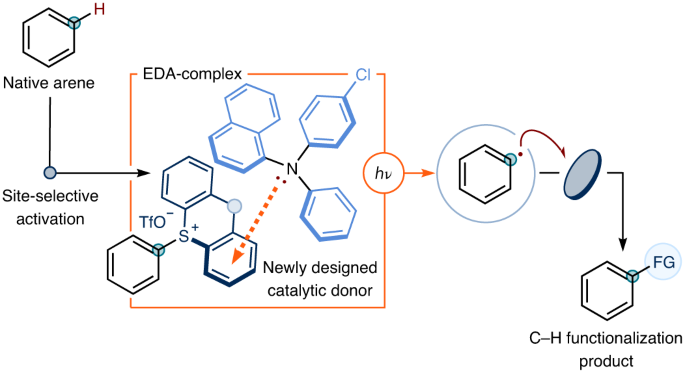


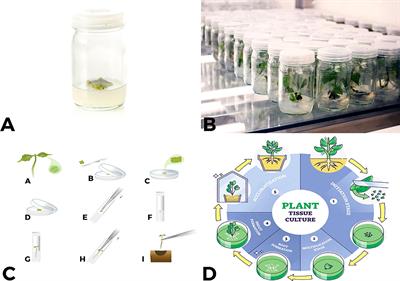


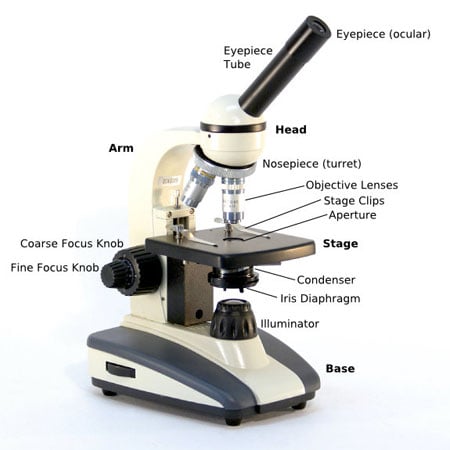
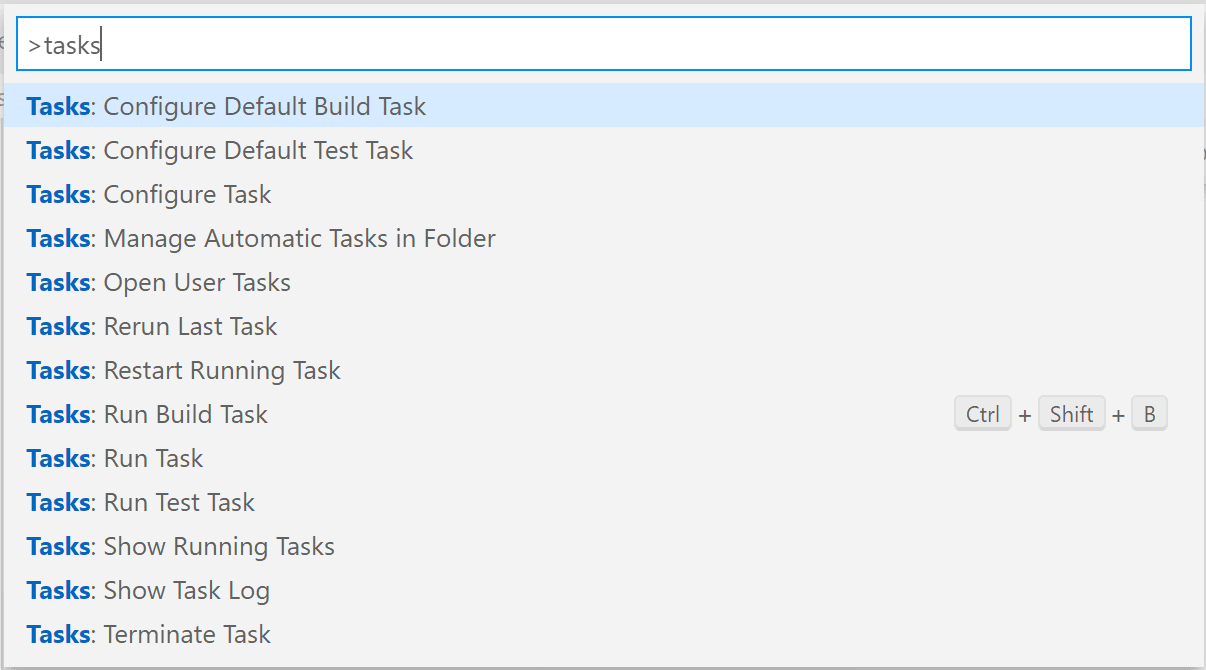
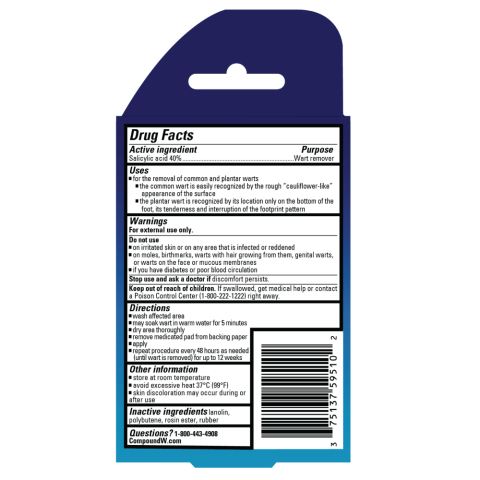
Post a Comment for "41 c label at end of compound statement"